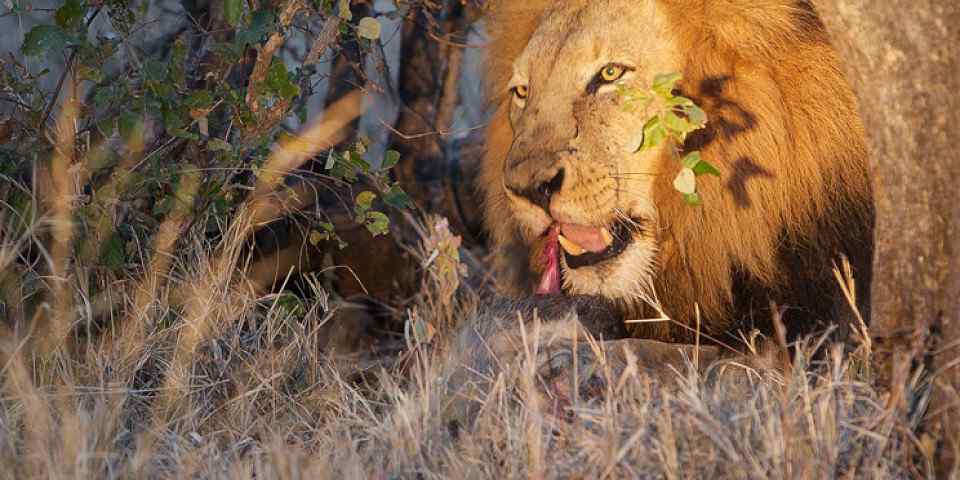
Safari Tours to Hluhluwe-iMfolozi GR
-
![7-Day South Africa Safari: Hluhluwe Elephant Coast]()
7-Day South Africa Safari: Hluhluwe Elephant Coast
$4,099 to $4,750 pp (USD)
South Africa: Private tour
Mid-range LodgeYou Visit: Johannesburg (Start), Hluhluwe-iMfolozi GR, Elephant Coast (Highlight), Johannesburg (End)

Wayfairer Travel
4.8/5 – 184 Reviews
-

8-Day Kruger Park - Eswatini - St Lucia Package
$3,153 pp (USD)
South Africa & Eswatini: Shared tour (max 10 people per vehicle)
Mid-range Lodge & Guest HouseYou Visit: Johannesburg (Start), Kruger NP, Panorama Route (Highlight), Mantenga (Cultural Village), iSimangaliso Wetland Park, Hluhluwe-iMfolozi GR, King Shaka Airport (End)

Elephant Herd Tours & Safaris
4.9/5 – 160 Reviews
-
![7-Day Kruger - Kingdom of Eswatini - Saint Lucia]()
7-Day Kruger - Kingdom of Eswatini - Saint Lucia
$1,668 pp (USD)
South Africa & Eswatini: Shared tour (max 10 people per vehicle)
Mid-range LodgeYou Visit: Johannesburg (Start), Panorama Route (Highlight), Kruger NP, Mantenga (Cultural Village), Lobamba (Town), iSimangaliso Wetland Park, Hluhluwe-iMfolozi GR, King Shaka Airport (End)

Nhlalala Travel
4.9/5 – 69 Reviews

 South Africa Parks
South Africa Parks











_1075_5e5f721c8171c.960x480-27.jpg)


